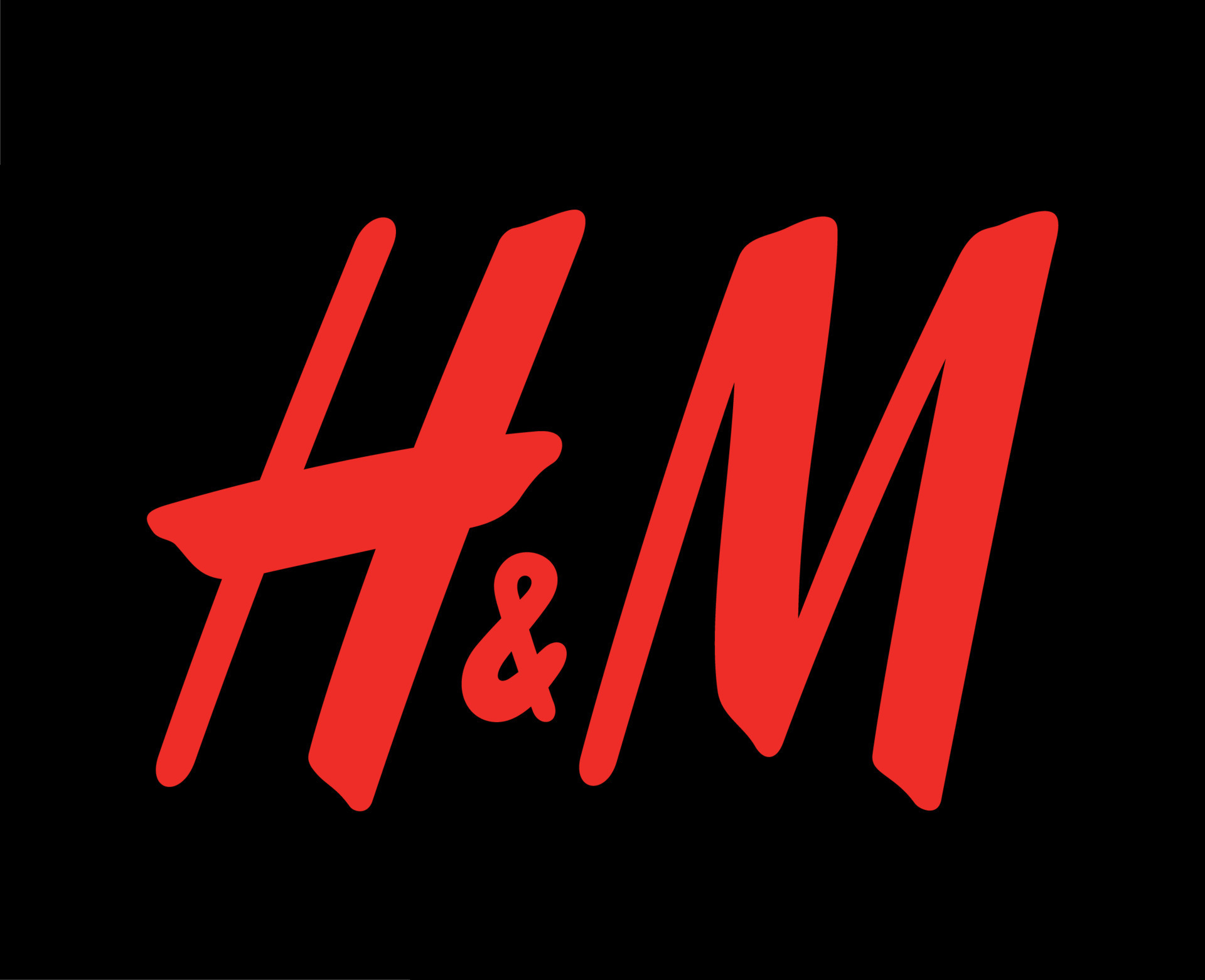


AI BASED LOGISTICS ALLOCATION TOOL
Roles
UX Designer
UX Researcher
WS Facilitator
UI - Design systems
Tools
Figma
Miro + Teams
Lookback.io
Microsoft EXCEL
Overview
As a Lead UX Designer and Researcher for H&M, I undertook the task of conceptualizing and revamping H&M's Pre-allocation tool. The primary objective was to transition from the existing SAP interface to a bespoke interface designed specifically for internal use. The challenge involved seamlessly integrating this custom interface with H&M's inaugural artificial intelligence-powered Logistics distribution tool, which was embedded with an array of business logic and best practices.
Challenges
and Goals
The challenge at hand was to develop an AI-adjacent tool for Logistic Distribution and Predictive Analyses, which required extensive human interactions to optimize sales and merchandise distribution for a global network of business decision makers.
The existing SAP/Excel sheets proved inadequate, leading to inefficiencies impacting every purchase, packaging, distribution, and online/offline sales decision. Our project aimed to address this challenge and achieve the following goals:
1.
Creation of a new tool with enhanced features: We aimed to develop a tool that would enable the AI system to suggest optimized merchandise distribution figures while learning from the manual data entered by existing business merchandisers.
2.
Establishment of an agile design process: We strived to implement a working agile design process, allowing for flexibility and efficiency in project execution.
3.
Development of a standardized Design System: We aimed to create a standardized Design System that could be utilized by H&M for internal Business Tech and B2B tools, ensuring consistency and scalability.


1-on-1 Teams interviews with the business manager of all Global Merchandisers for H&M (left) Group discussions and workshop with the AI Tool team to understand and create scope for v1.0 (right)
RESEARCH
AND
ANALYSIS
I conducted a two-fold research process for this project:
1. Internal Team Engagement:
. Collaborated with H&M BizTech teams interacting with the product.
. Gathered feedback on use cases and UI usability.
. Understood the basic flow of the information and documented it into simpler flowcharts
User Research Methods Applied:
. Product research: Explored existing SAP tool and excel sheets workflow.
. Qualitative User interviews: Engaged with stakeholders and actual users.
. Customer Journey Workshop: Analyzed excel sheet workflow, considering exceptions.
. Product features and Vision roadmap Workshops: Aligned visions and gathered information from all teams, integrating AI capabilities and other internal tools.
These research methods ensured a comprehensive understanding of user needs and informed the design process effectively.
SIMPLIFIED
FLOWCHARTS

User Stories
Once I had a simplified flowchart and common understanding of how the product works and information flows through the product and which touchpoints the users interact with, I decided to move onto creating user stories and scenarios.
To streamline the development process and align all teams, I collaborated with the product owner to create and prioritize detailed user stories. This ensured perfect alignment with the AI tool team, packaging software team, and other stakeholders at H&M, facilitating the creation of an effective design and development plan.

Information Architecture

Sitemap / Redesigned Information Architecture
Wireframing
While creating the wireframes I had to keep in mind, the existing workflows and nomenclature that the users / global merchandisers were used to and adapt the existing excel sheets into lucid interfaces that were easy to navigate but also support all edge cases.






Interface Design



Basic Design System Adaptation

I created a basic version of the Design System for internal tools using elements from H&M’s Ecommerce B2C Design System called Fabric
Conclusion and
reflections
The project involved the development of a web-based tool that integrated AI for prediction analysis. Although further ongoing developments were delayed due to structural changes and waiting for further evaluations of the AI Tool, the initial version of my designs is live and breathing in the massive creature that is the logistics supply chain of H&M Group.
Unfortunately, while specific details, wireframes, and usage statistics cannot be disclosed here in this case study, the project provided valuable insights into H&M's logistics operations and their future plans for AI integration into the whole supply chain organisation.
The focus was on creating a highly impactful solution for a targeted and engaged user group. This experience allowed me to gain valuable insights into navigating complex logistics environments and designing an internal B2B AI Tool with a user-centric approach.
have an idea for a project? need a quote?

